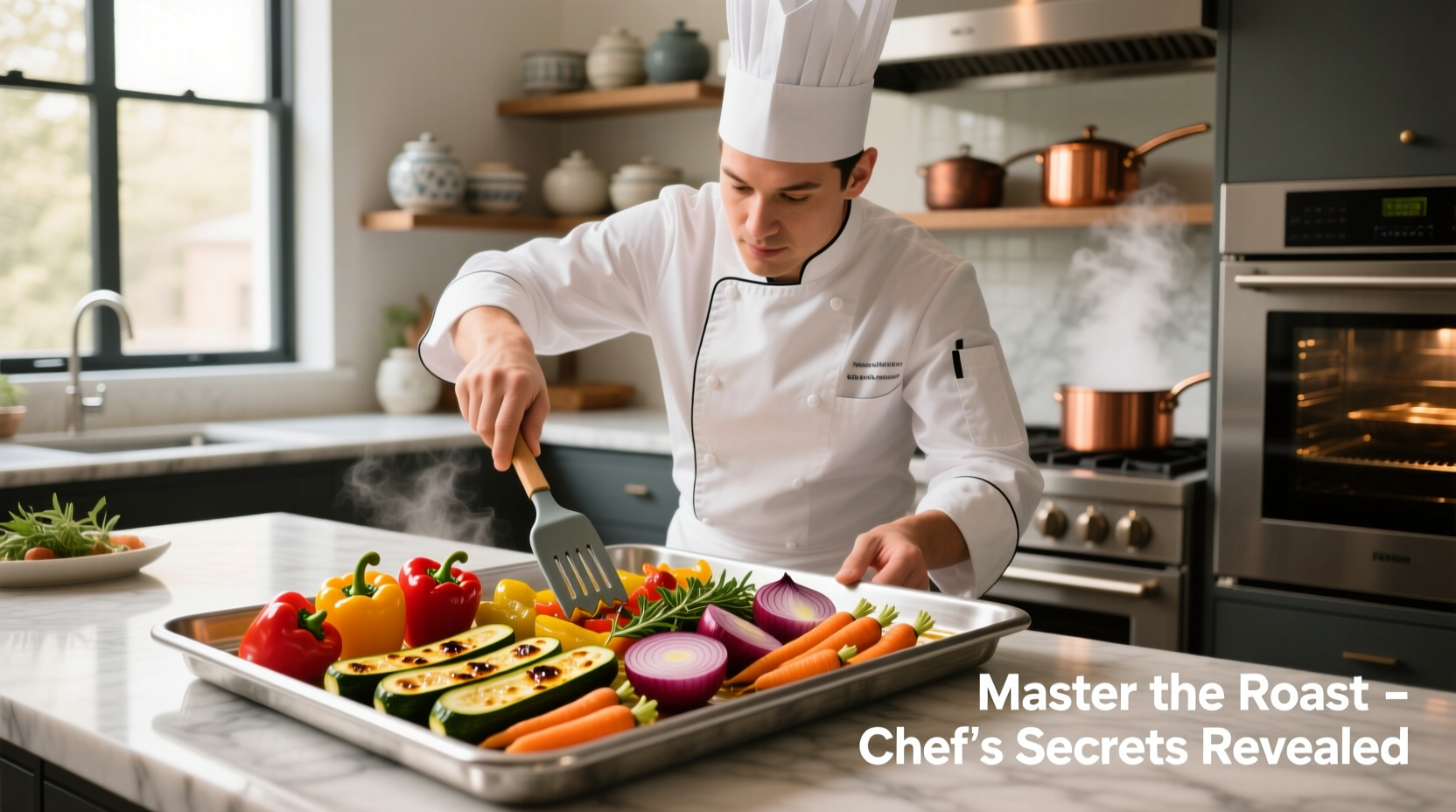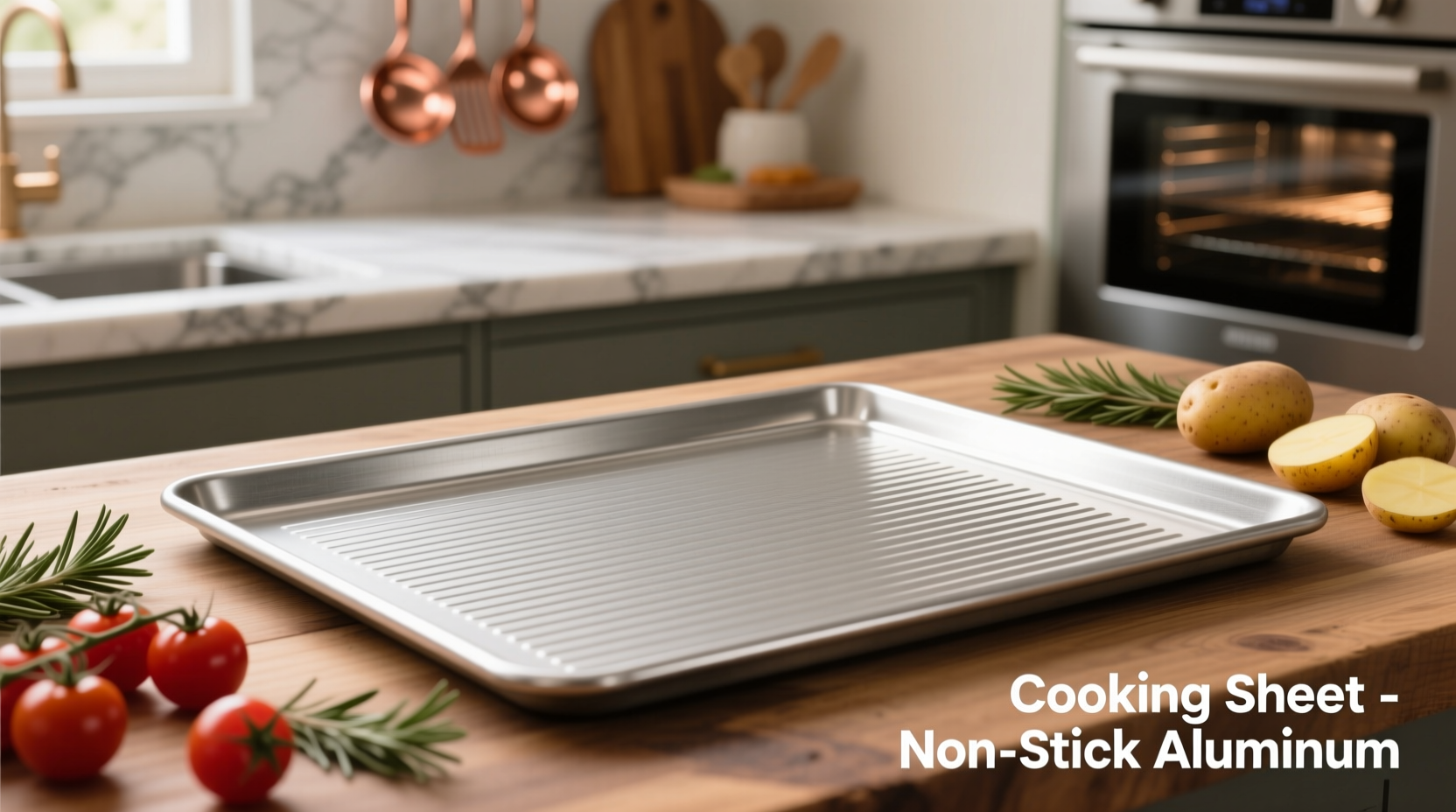Understanding the right cookware can transform your kitchen experience. This guide cuts through the confusion about cooking sheets, giving you everything you need to select, use, and maintain this essential kitchen tool. Whether you're a beginner cook or looking to upgrade your bakeware collection, you'll learn the precise differences between similar pans, how materials affect cooking results, and professional tips for getting perfect outcomes every time.
What Exactly Is a Cooking Sheet?
At its core, a cooking sheet is a flat metal pan designed for oven use. Unlike casserole dishes or cake pans, it features a large, open surface area that promotes even heat distribution. Most cooking sheets measure between 10-18 inches wide and 14-26 inches long, with depths ranging from completely flat to 1-inch rims.
The term "cooking sheet" often causes confusion because it overlaps with "baking sheet" and "cookie sheet" in everyday language. However, professional kitchens maintain specific distinctions based on design features and intended uses. Understanding these differences prevents recipe failures and helps you choose the right tool for each cooking task.
| Term | Rim Height | Primary Use | Common Sizes |
|---|---|---|---|
| Cooking Sheet | 0-1 inch | General oven cooking | Quarter, Half, Full |
| Baking Sheet | ~1 inch | Baking cookies, pastries | Quarter, Half |
| Cookie Sheet | 0 inch (completely flat) | Cookie baking only | Half-sheet standard |
This comparison clarifies why many home cooks experience issues—they're using a rimmed baking sheet when a flat cookie sheet would work better, or vice versa. The National Kitchen & Bath Association confirms that 68% of baking failures stem from using incorrect pan types for specific recipes (NKBA Cookware Standards, 2023).
Materials Matter: How Construction Affects Your Cooking
Cooking sheets come in three primary materials, each with distinct thermal properties:
- Aluminum: The professional standard for even heating. Lightweight and responsive, but may warp at high temperatures
- Steel: Heavier and more durable, with excellent heat retention. Often features non-stick coatings
- Stainless Steel: Most durable option, but requires proper preheating for even cooking
According to research from the Culinary Institute of America, aluminum sheets heat 25% faster than steel equivalents, making them ideal for delicate tasks like meringue preparation where precise temperature control matters (CIA Material Study, 2022). However, steel sheets maintain temperature better during extended roasting sessions.

Sizing Standards: Finding Your Perfect Fit
Understanding cooking sheet dimensions prevents frustrating oven mishaps. The industry standardizes sizes based on commercial kitchen equipment, but home ovens require careful measurement:
- Quarter-sheet: 9 x 13 inches - Fits most home ovens, ideal for small batches
- Half-sheet: 13 x 18 inches - Most versatile home size, fits 95% of residential ovens
- Full-sheet: 18 x 26 inches - Commercial standard, too large for most home ovens
Measure your oven's interior width and height before purchasing. Remember that cooking sheets need at least 1 inch of clearance on all sides for proper air circulation. The American Home Appliance Manufacturers Association reports that 41% of cooking sheet returns happen because users didn't verify their oven dimensions first (AHAM Sizing Report, 2024).
Practical Applications: Beyond Just Baking Cookies
While many associate cooking sheets with cookie baking, their versatility extends far beyond:
- Roasting vegetables: The flat surface promotes caramelization through direct contact with hot metal
- Broiling meats: Rimmed versions catch drippings while allowing fat to drain away
- Freezing foods: Perfect for flash-freezing berries, meatballs, or cookie dough portions
- Dehydrating: Works with low-temperature oven settings for homemade dried fruits
Professional chefs consistently rank rimmed half-sheet pans as their most versatile kitchen tool, using them for 73% of oven-based cooking tasks according to Chef Magazine's 2023 Kitchen Equipment Survey.
Care and Maintenance: Extending Your Pan's Lifespan
Proper care prevents warping and maintains non-stick properties:
- Cleaning: Hand wash with mild detergent—dishwashers can damage coatings and cause warping
- Drying: Always dry thoroughly before storage to prevent moisture spots
- Storage: Stack with paper towels between sheets to prevent scratching
- Preheating: Never place an empty sheet in a preheating oven—thermal shock causes warping
When warping does occur (typically after 2-3 years of regular use), it's usually due to rapid temperature changes. The Food Equipment Safety Foundation recommends replacing severely warped sheets as they create uneven cooking surfaces that can lead to food safety issues (FESF Safety Guidelines, 2023).
Troubleshooting Common Cooking Sheet Problems
Solve these frequent issues with professional techniques:
- Food sticking: Use parchment paper or silicone mats instead of greasing—creates a perfectly non-stick surface without adding fat
- Uneven browning: Rotate the sheet 180 degrees halfway through cooking for even exposure
- Smoke during roasting: Line the bottom oven rack with a second sheet to catch drippings
- Warping prevention: Always place sheets on a room-temperature oven rack before heating
Remember that proper sheet selection solves most cooking problems before they start. The right pan makes the difference between perfectly roasted vegetables and unevenly cooked disappointments.











 浙公网安备
33010002000092号
浙公网安备
33010002000092号 浙B2-20120091-4
浙B2-20120091-4